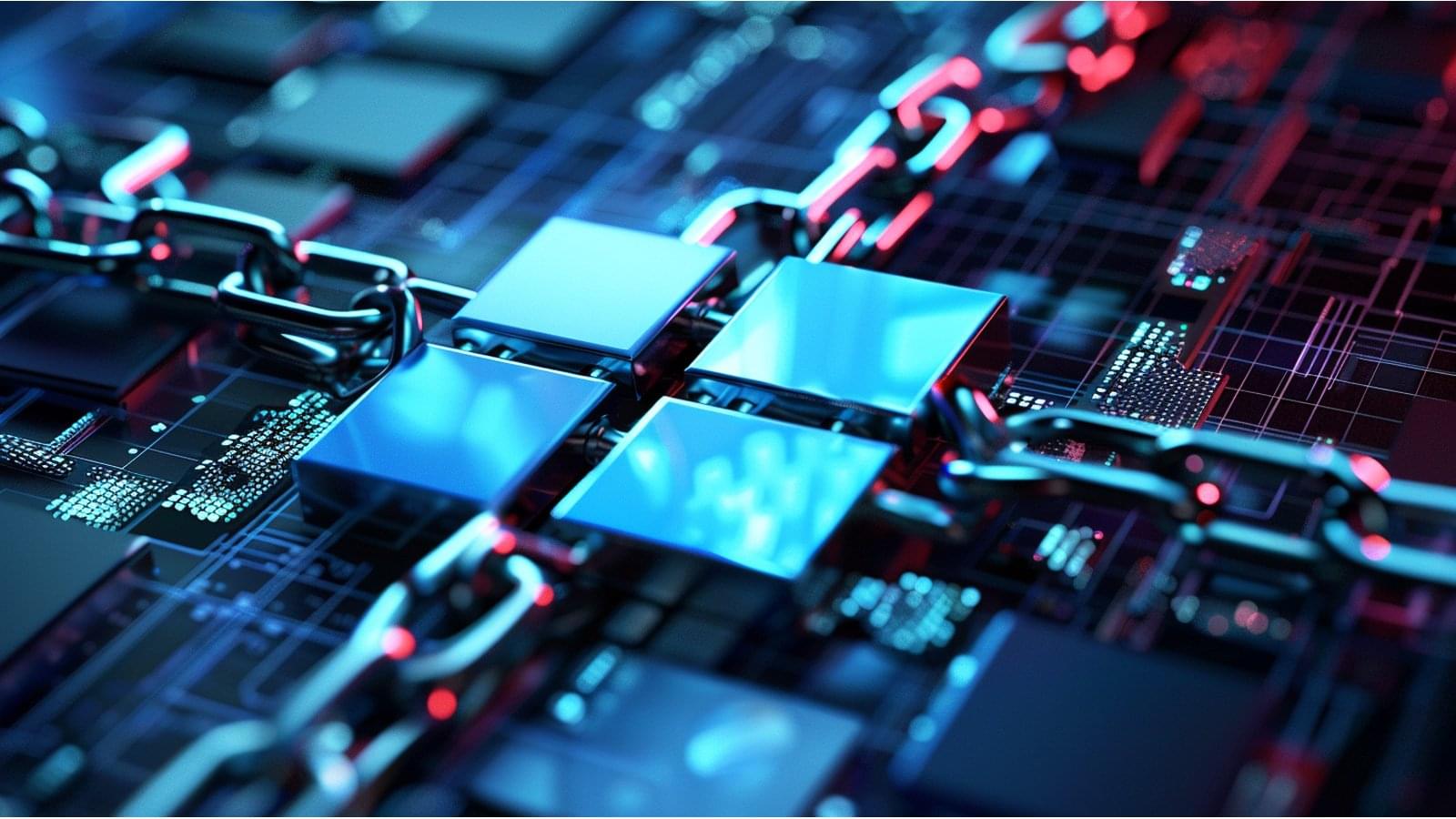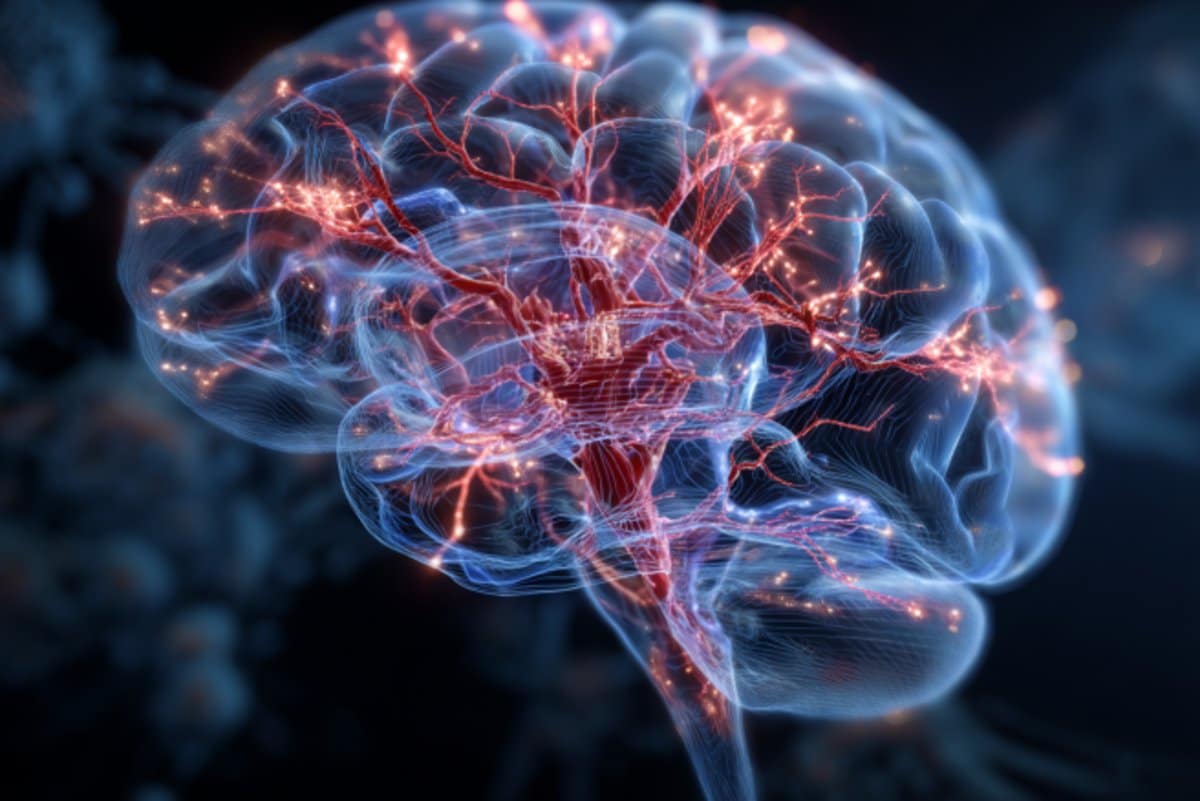A threat actor called EncryptHub has compromised a game on Steam to distribute info-stealing malware to unsuspecting users downloading the title.
A few days ago, the hacker (also tracked as Larva-208), injected malicious binaries into the Chemia game files hosted on Steam.
Chemia is a survival crafting game from developer ‘Aether Forge Studios,’ which is currently offered as early access on Steam but has no public release date.








